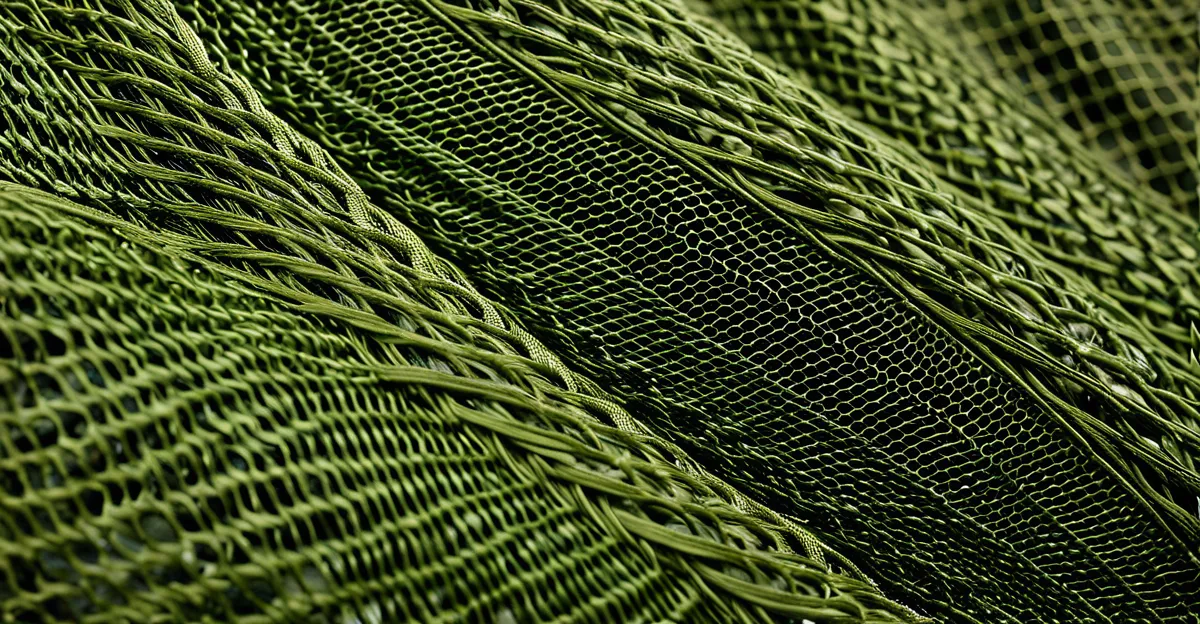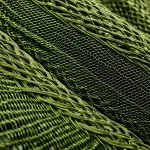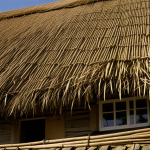Camouflage netting adapts to many needs—from hunting and military use to creative outdoor décor. Choosing the right type depends on your environment, purpose, and desired level of concealment. Understanding materials, sizes, and installation options helps you find the perfect netting that blends function with practical ease, ensuring effective coverage for every occasion.
Essential functions and uses of camouflage netting
Explore camouflage netting to discover its varied and essential roles for outdoor activities and tactical applications. Camouflage netting is engineered to provide swift, effective concealment, whether people need to blend into a wooded landscape during a hunt or cover equipment from aerial observation. This solution relies on either heavy-duty outdoor concealment or lighter synthetic mesh adapted for flexible use.
Also to read : Choose the right camouflage netting for any event
Military camouflage gear is perhaps the best-known application. Armed forces depend on advanced materials such as woodland pattern fabrics, desert style concealment mesh, and white winter concealment fabric for reliable coverage year-round. This netting not only shields vehicles and equipment but also enables personnel to remain unseen, enhancing the tactical advantage in unpredictable field conditions.
Hunting and wildlife observation are other major uses. Hunters and photographers depend on hunting blind coverings and tactical netting to blend seamlessly with the natural setting. These covers limit disturbance to wildlife while allowing clear observation or safe, stationary positioning for long periods. The popularity of garden privacy and shade netting has also grown, with households using these materials for decorative privacy, shade in gardens, and even protecting plants from garden pests.
Also read : Transform your london hideaway into a charming victorian garden with must-have greenery
Heavy-duty outdoor concealment materials offer resistance to harsh weather and UV exposure, making them practical for extended field use. Multipurpose patterns and robust construction allow these nets to be used confidently for backyard privacy, event cover, or temporary shelters, meeting both practical and aesthetic needs across military, recreational, and domestic settings.
Types, Patterns, and Materials of Camouflage Netting
Precision for selecting camouflage netting rests on identifying the right woodland pattern fabrics, desert style concealment mesh, and urban camo materials for each scenario. Match patterns—such as woodland, desert, and white winter concealment fabric—to surroundings for optimal concealment. For snow or urban areas, for instance, white winter concealment fabric or urban camo materials deliver targeted coverage, while woodland pattern fabrics excel in forested settings.
Diversifying synthetic camo material types and natural fibers broadens suitability for various needs. Heavy-duty outdoor concealment meshes handle harsh environments—ideal for repeated setup and exposure to the elements. Waterproof mesh covers protect outdoor gear, ensuring performance in rain or wet climates. UV protection and breathable mesh materials add durability and comfort, important for wildlife observation concealment and hunting blind coverings.
Sizing options abound, from large area outdoor camo nets to cut-to-size rolls or custom garden privacy and shade netting. Roll form mesh screening allows easy transport and adjustment for different camouflage applications, while reusable camo netting solutions support both temporary and permanent installations.
Selecting the correct materials and patterns—whether for ex-military surplus nets or fresh garden privacy and shade netting—improves concealment effectiveness, aids in outdoor event privacy screens, and extends netting durability under various weather conditions.
Choosing and Buying the Right Camouflage Netting
Durability and UV resistance are two of the most critical criteria when choosing camouflage netting. For long-term usage outdoors—whether for garden privacy and shade netting or wildlife observation concealment—seek products rated for heavy-duty outdoor concealment. UV resistant outdoor fabrics and waterproof mesh covers preserve both color and structure through wet summers and harsh British winters, extending the longevity of your purchase.
Weight and portability remain key in tactical netting uses, especially when covering large area outdoor camo nets or creating temporary shelters. Lightweight concealment fabrics simplify transport, while roll form mesh screening can save setup time for wildlife research applications or hunting blind coverings.
UK camouflage net suppliers such as Military 1st and Sunny Garden Market showcase a broad price range for camo netting. Ex-military surplus nets might provide a sturdy yet budget-friendly alternative, but ensure compatibility with the local environment—woodland pattern fabrics or desert style concealment mesh—so your gear blends with natural environment blending materials effectively.
For purchase tips for concealment netting, retail options for outdoor netting now abound online. User-friendly ordering processes and free shipping from reputable platforms in the UK, such as Sunny Garden Market, remove barriers for online availability and delivery, making it straightforward to secure your tactical, garden, or commercial coverage needs.
Installation, Maintenance, and Real-World Effectiveness
Precision matters in netting installation methods—get it right, and your camouflage is secure and convincing. Begin by choosing anchor points that match your chosen camouflage effectiveness factors: sturdy trees, solid poles, or existing garden structures. For heavy-duty outdoor concealment, drape the mesh with slack to break up outlines, then fasten edges using bungee cords or zip ties. This approach withstands wind and maintains camouflage, even across irregular terrain. Layering techniques for concealment can dramatically increase blending; use several netting colour options and patterns to reflect local foliage or ground cover.
Routine care makes a difference. For reliable performance, adopt simple camo net maintenance advice: shake out debris, ensure dryness before storage, and fold rather than crumple to prevent creasing. Outdoor gear concealment tips recommend rolling large area outdoor camo nets when not in use to save time during redeployment.
Damage happens; prompt netting repair techniques restore function. Stitch tears along reinforced edges, and replace weakened ties or eyelets. Practicing these skills extends the life of any synthetic camo material types, maintaining the balance between lightweight concealment fabrics and the durability of heavy-duty mesh resistance features. Invest effort in these strategies; effectiveness increases in every real-world scenario from wildlife observation concealment to tactical netting uses.











